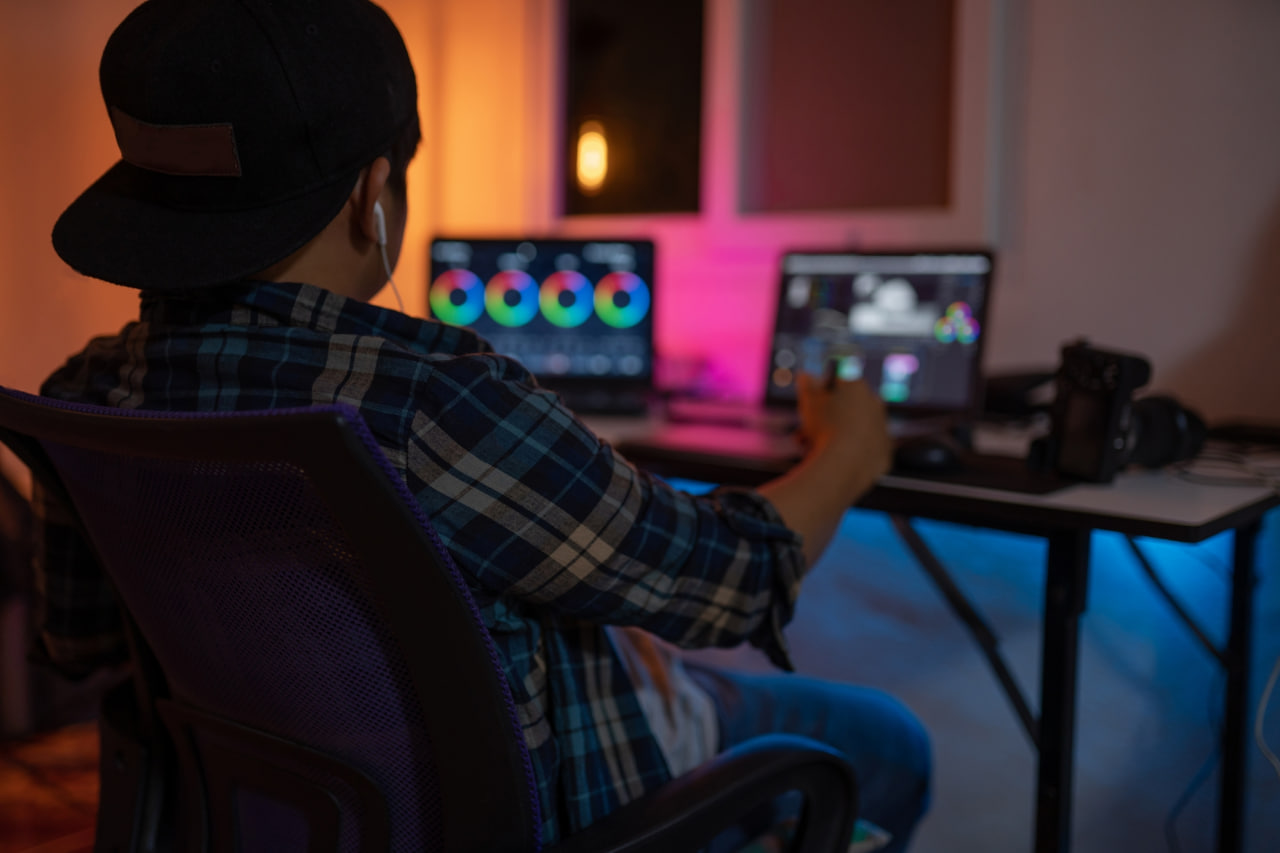Color Correction vs. Color Grading: Understanding the Difference
In the world of video production, color plays a critical role in shaping the viewer’s…
In the world of video production, color plays a critical role in shaping the viewer’s perception and emotional response. However, many creators often confuse two essential processes: color correction and color grading. While both involve adjusting color in your footage, they serve different purposes and require distinct techniques. Understanding the difference between them is crucial for producing polished, professional-looking videos.
What is Color Correction?
Color correction is the foundational process that ensures your footage looks natural and balanced. Its primary goal is technical accuracy rather than stylistic expression. During color correction, you adjust factors such as exposure, white balance, contrast, and saturation to make the footage visually consistent.
The process typically involves:
- Fixing exposure issues – Correcting underexposed or overexposed footage to retain detail.
- Balancing white levels – Ensuring that whites appear neutral and true to life.
- Matching shots – Creating visual continuity across scenes filmed in different lighting conditions.
- Neutralizing color casts – Removing unwanted tints that may have resulted from lighting or camera settings.
Without proper color correction, footage can look amateurish, uneven, or distracting, no matter how creative the grading later becomes.
What is Color Grading?
Color grading is the artistic and creative process that comes after color correction. It allows filmmakers to manipulate color, contrast, and tone to establish mood, style, and emotional impact. While correction makes the footage accurate, grading transforms it into a cinematic or stylistic vision.
Common goals of color grading include:
- Setting the mood – Warm tones may evoke intimacy or nostalgia, while cool tones can create tension or detachment.
- Emphasizing storytelling – Color guides the viewer’s focus and highlights key narrative elements.
- Enhancing visual style – Grading can establish a signature look or match a particular cinematic style.
- Artistic expression – Creators can experiment with bold color choices to make scenes more visually striking.
Key Differences Between Correction and Grading
While both processes involve color adjustments, the key differences lie in intent and execution:
- Purpose: Color correction ensures technical accuracy; color grading enhances storytelling and emotion.
- Timing: Correction comes first to establish a consistent foundation; grading follows to apply creative style.
- Techniques: Correction focuses on neutralizing issues and achieving uniformity; grading uses contrast, hue shifts, and saturation to shape mood and atmosphere.
- Tools: Both use similar software, but grading often employs LUTs (Look-Up Tables), masks, and selective adjustments for stylistic effect.
Understanding this distinction is vital for creators who want their videos to feel professional and intentional. Skipping correction can make grading less effective, while ignoring grading can leave footage flat and uninspiring.
How to Combine Correction and Grading Effectively
- Start with a calibrated monitor – Accurate color display ensures your adjustments are precise.
- Correct first, grade second – Build a neutral, consistent foundation before applying creative choices.
- Use references – Study films or clips with the mood you want to achieve to guide your grading.
- Apply subtle adjustments – Even minor tweaks in hue, contrast, or saturation can significantly affect tone.
- Check consistency across shots – Ensure the grading feels cohesive throughout the sequence.
By treating correction and grading as complementary steps, you can achieve professional, polished footage that both looks natural and conveys the desired emotional impact.

